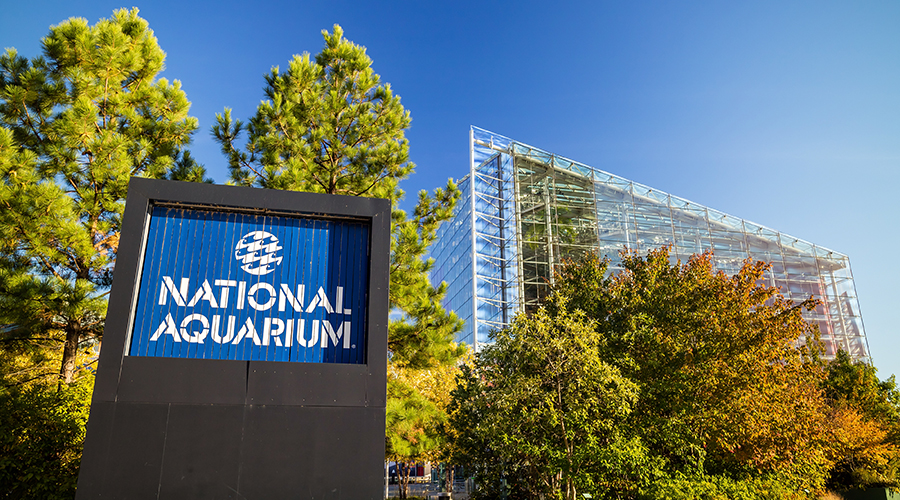GSA Rehabilitates Historic King Federal Building in Atlanta
When faced with the decision of whether to renovate an existing structure or build a new one, new construction is often selected as the easier option. So what led to the decision to rehabilitate an existing building — the recent LEED Gold Certified rehabilitation of the Martin Luther King Jr. Federal Building — in lieu of new construction for the U.S. General Services Administration’s Southeast Sunbelt region headquarters in Atlanta?
The GSA’s historic preservation program promotes “the viability, reuse, and integrity of historic buildings GSA owns, leases, and has the opportunity to acquire.” Many of these were designed as symbols of the permanence and stature of the federal government. Roughly half of GSA-owned buildings are more than 50 years old, and more than one-quarter are listed or eligible for the National Register of Historic Places. The National Historic Preservation Act, whose primary criterion for “historic buildings” are that they be 50 years or older with architectural and historic significance, also requires the federal government to choose historic buildings first and strive to put them to government use and keep them viable.
GSA is responsible for providing workplaces for federal employees and owns more than 1,700 buildings with over $6 billion in annual repair and alteration needs. GSA’s Legacy Vision Policy places special investment and stewardship priority on those most significant historic buildings, numbering about 250, which are considered legacy buildings “designed to serve a symbolic and ceremonial, as well as functional, purpose for government.”
The Martin Luther King Jr. Federal Building is significant to both GSA and the city of Atlanta, which owes its prominence to the railroad. When in the 1920s a new post office was needed to serve Atlanta and the Southeast, a building site was selected adjacent to the railroad terminal in the historic heart of the city. This central location allowed mail to be readily transported from the terminal to the post office through underground tunnels. In 1933, when the post office was completed, the surrounding city blocks constituted a thriving commercial center. Designed by noted Atlanta architect, A. Ten Eyck Brown, the building’s design, a stylized flattened classicism, reflects the early 20th century trend toward modernism. Over the years, the center of Atlanta’s commerce shifted, the railroad terminal was demolished and the post office was converted to new uses, eventually becoming a Federal office building. It was renamed the Martin Luther King Jr. Federal Building in 1988.
Despite years of hard use and many renovations, the building’s durable materials, both inside and out, were still in good condition, a testament to the quality of the original design and construction. The original large open mail sorting and processing areas offered great potential for adaptation to flexible office space. While significant work and investment were required, it was clear that upon rehabilitation this building would yield highly functional space that would stand the test of time. It was also clear that rehabilitation would be a GSA investment in both a building and a neighborhood, helping to spur the economic revival of Atlanta’s historic core.
In light of the GSA’s general preservation bias, and the historic significance, condition and adaptability of the MLK building, rehabilitation in lieu of new construction was the obvious choice.
Related Topics:












